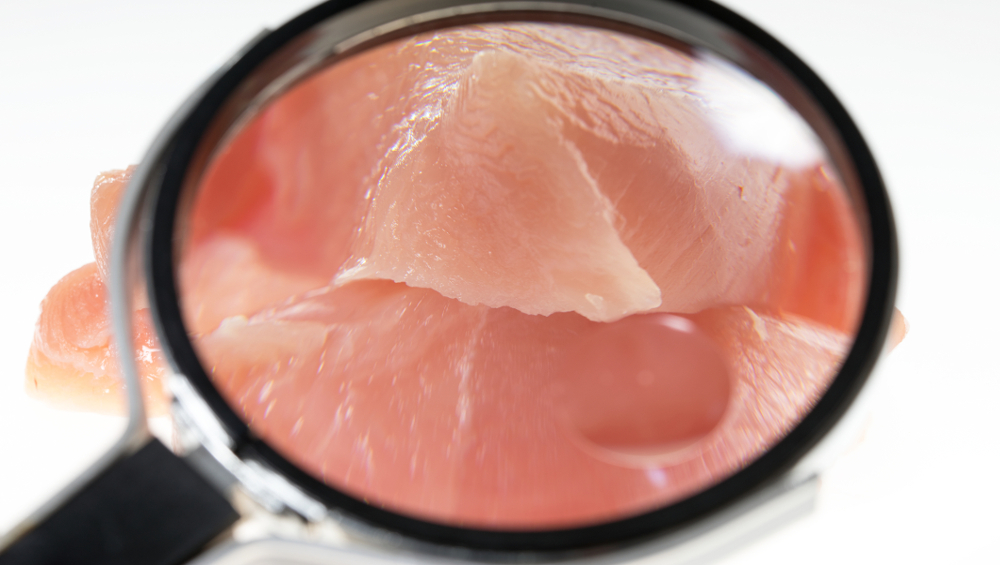The problem of Salmonella contaminated poultry meat from Thailand detected at the European border is likely to continue, according to a report.
DG Sante, the European Commission’s unit for policy on food safety and health, visited Thailand to assess the control system for poultry products intended for export to Europe. Thailand and Brazil are the main poultry exporters to the EU, according to Eurostat data.
Auditors found “substantive and rapid” action is needed by authorities, establishments and supplying farms to tackle the issue.
An audit took place from Jan. 22 to Feb. 4 as a follow-up to one in Jan. 2018. The objective was to verify implementation of the actions proposed or taken by authorities in response to recommendations in the previous report and to assess effectiveness in correcting problems.
The visit this year found authorities had taken some actions after the previous assessment but it did not solve the compliance issue of establishments as only certain areas were addressed.
Improved hygiene
The previous audit identified significant deficiencies in official controls as important non-compliances were found but not detected and/or recorded by Thai authorities in a number of establishments. As a result, four of eight sites visited were delisted.
Compulsory rotation of all officials between establishments every three months may have contributed to the under detection or lack of correction of deficiencies, according to the report. Rotation of official veterinarians was changed to every six months.
There was an improvement in infrastructure and operational hygiene in factories visited and authorities had now put in place procedures to ensure establishments which fail to meet relevant requirements are not allowed to export to the EU.
But the audit team found official controls did not consider the establishments’ hazard analysis and critical control point (HACCP)-based procedures in possible Salmonella contamination of poultry meat.
Based on information from food business operators, Salmonella-positive flocks represent between 4 percent and 50 percent of the total slaughtered. However, in none of the sites visited was the risk from introduction of Salmonella into the establishment considered and assessed in the operations’ HACCP plans.
Reliance on product testing
Authorities also do not detect or correct the inadequate plans that are part of EU approval conditions and rely on negative tests for Salmonella spp. of the finished product.
DG Sante recommended authorities take action to decrease prevalence of Salmonella at the farm level of flocks reared to be slaughtered to produce poultry for export to the EU.
The agency also advised the authorities to ensure operators’ HACCP plans are re-assessed to address the high prevalence of Salmonella in broiler flocks and the associated risk of cross contamination of poultry produced.
The audit report found there was a risk that businesses may be tempted to use practices not accepted in the EU such as decontamination of carcasses by using biocides.
The Department of Livestock Development announced that by mid-May 2018, 25 establishments exporting to the EU were inspected following the previous DG Sante audit and six of them were suspended.
There were 15 RASFF notifications in 2018 in consignments from Thailand due to Salmonella contamination and the audit team visited three establishments involved.
They found the imposing and lifting of restrictions on non-compliant establishments is now formalized and documented. However, health certificates are issued for items produced before the source of Salmonella contamination of a consignment concerned by a RASFF notification has been investigated and corrective actions implemented and completed. This certification after restrictions are lifted, of items produced during the period of restriction, effectively means certification of non-compliant product.
DG Sante recommended only certifying products from sites which were made after corrective actions following RASFF notifications have been completed to the satisfaction of authorities.
(To sign up for a free subscription to Food Safety News, click here.)

